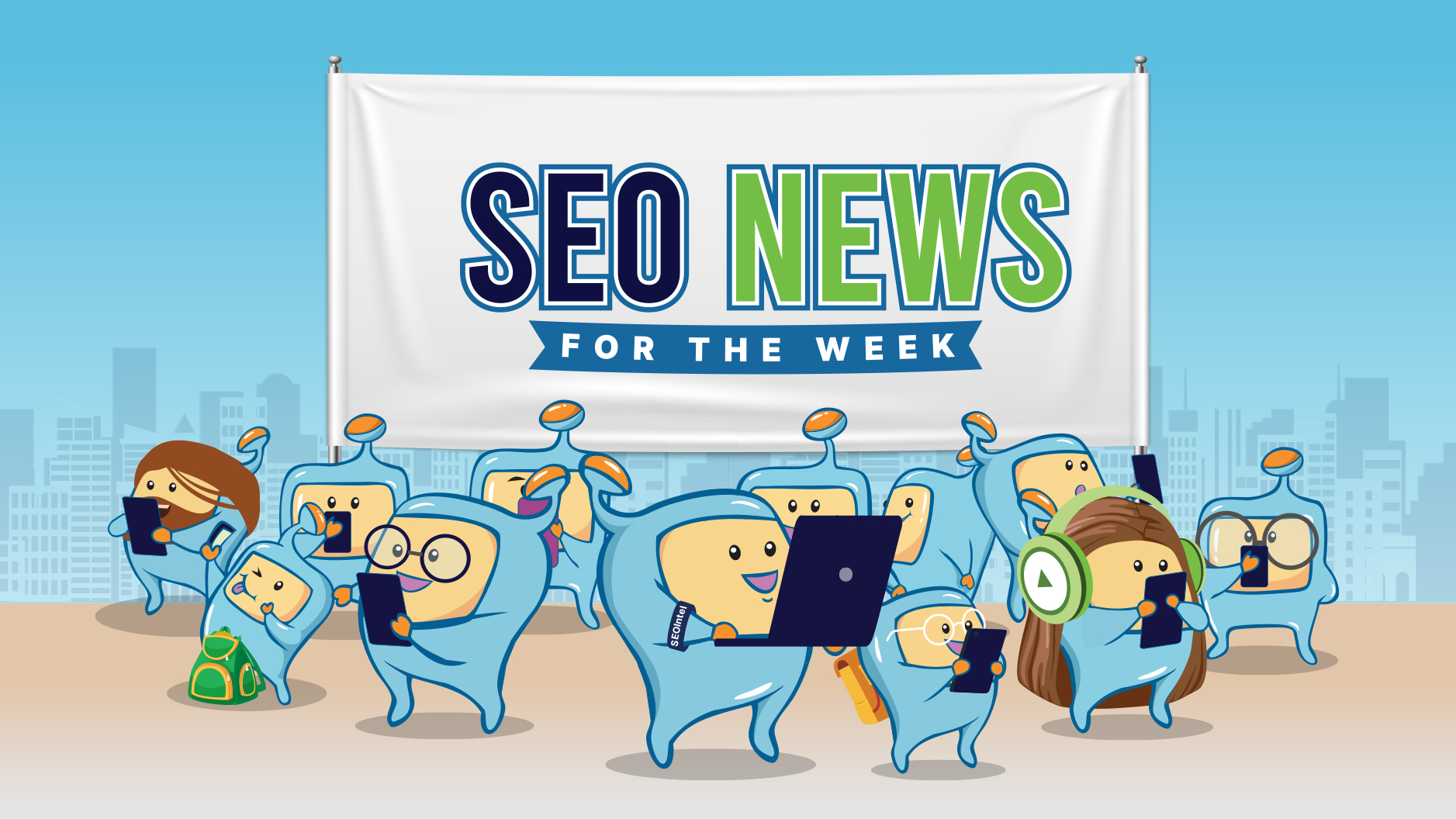
This week’s roundup highlights Google’s strategic push toward AI-enhanced search experiences and user-centric control. Beginning with insights from Liz Reid, Google’s Head of Search, who shares a bold vision for a conversational, multimodal AI-driven future. From there, Google introduces new customization tools—including personalized feeds and preferred sources—to give users more control over what they see. And finally, the rollout of AI Mode in India’s Search Labs marks a significant expansion of this technology into one of the world’s largest internet markets.
Google’s Head of Search, Liz Reid, recently confirmed in an interview that the company has fully stepped into the AI era. From earlier models like BERT and MUM to today’s AI Overviews and AI Mode, the focus is no longer just about retrieving information—it’s about understanding user intent and helping them reason through complex questions with smarter, more contextual answers.
Conversational, Multimodal, and Natural
New features like Search Live and Audio Overviews point to a more natural and intuitive way to search. Users can now speak full questions, hear spoken responses, and follow up seamlessly. Google is evolving Search into something that feels more like a conversation than a transaction—if you can think it, you can ask it.
Search Personalization, On Your Terms
While AI Mode is available for those who want a more interactive experience, Google is keeping the traditional search bar experience intact. Users can engage with either version, depending on their preferences, with Google surfacing AI results only when helpful. The goal is flexibility, not forcing change.
Ads and Competitive Edge
With longer, more detailed queries in AI Mode, Google is finding it easier to serve more relevant ads. As ad placements gradually roll out in this new environment, the company is focusing on maintaining a balance between user value and monetization. Google believes its integration of AI, search, and advertising will continue to offer an edge over competitors.
The Future Vision
Google sees the future of search as a unified experience across platforms—Search, Maps, Lens, and AI tools—where information is intelligently connected and context-aware. The vision is to create an environment where users not only get direct answers, but also feel invited to explore further with trusted sources.
Key Takeaways for SEOs
| Theme | Insight |
| AI-Enhanced Queries | Longer, conversational queries are becoming the norm—optimize content for depth and nuance. |
| Voice & Multimodal Input | Voice-first features are rising—consider voice search optimization and accessible content formats. |
| Smarter Ad Targeting | Richer queries mean better ad relevance—monitor how AI Mode impacts campaign performance. |
| Authority & Trust | High-quality, well-cited content is more likely to be featured in AI responses—prioritize credibility. |
| Dual Experience | With users toggling between classic and AI search, make sure your content performs well in both formats. |
Final Thoughts
Google’s move toward AI-powered search is not just a feature update—it’s a fundamental shift in how people find and interact with information. For SEOs, this means creating content that meets deeper user intent, supports new input types, and aligns with both classic search and evolving AI interfaces. Those who adapt early will lead in visibility, trust, and engagement.
Google has introduced a series of personalization features to enhance user search experiences, ranging from Labs experiments to long-standing settings. Here’s what’s included:
Personalized Search Features:
Benefits for Users
SEO Implications — Pros & Cons
Pros:
Cons:
What SEOs Should Do
Final Takeaway
Google’s move toward personalization offers both opportunities and challenges. For SEO professionals, this means optimizing for brand consistency, content recency, and audience engagement—while navigating increased complexity in tracking and performance analysis.
Google has officially launched AI Mode in India as part of its Search Labs initiative. Available in English, the feature allows users to opt in for an enhanced search experience powered by a custom version of its Gemini model. AI Mode is designed to handle complex, multi-part queries and provide detailed, context-aware responses.
Key Features
Why It Matters
India is one of the largest and most active internet markets in the world, with a strong preference for voice and mobile-first search. The rollout of AI Mode aligns with how Indian users are already interacting with Google, offering a more intuitive, flexible, and enriched search experience. It’s a major step forward in making search smarter and more accessible for a diverse user base.
Final Thoughts
With AI Mode now available in India, search is becoming more natural, multimodal, and helpful than ever before. For users, it offers faster answers and more fluid interaction. For digital marketers and content creators, it signals a shift in how content will be discovered and consumed—favoring clarity, relevance, and adaptability in an AI-enhanced world.
As search increasingly becomes conversational, personalized, and globally accessible, these updates underscore the evolving nature of user expectations—and the growing role of AI in meeting them. Whether you’re refining content to align with AI‑first experiences, adapting to new personalization features, or preparing for regional rollouts, staying ahead means embracing flexibility and innovation. We’ll continue monitoring these shifts to help you stay visible in the fast-changing search landscape.